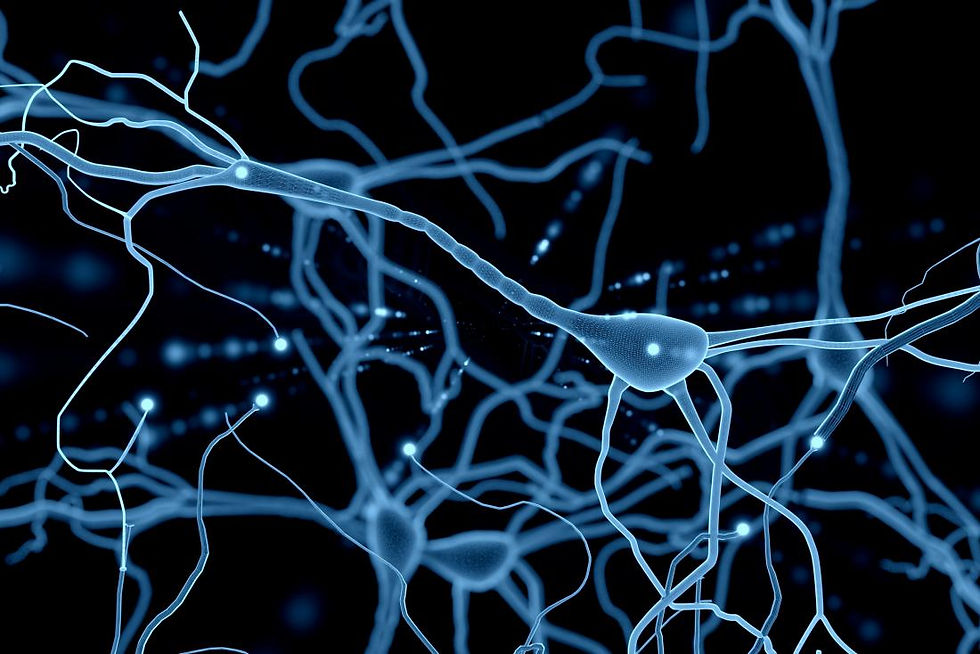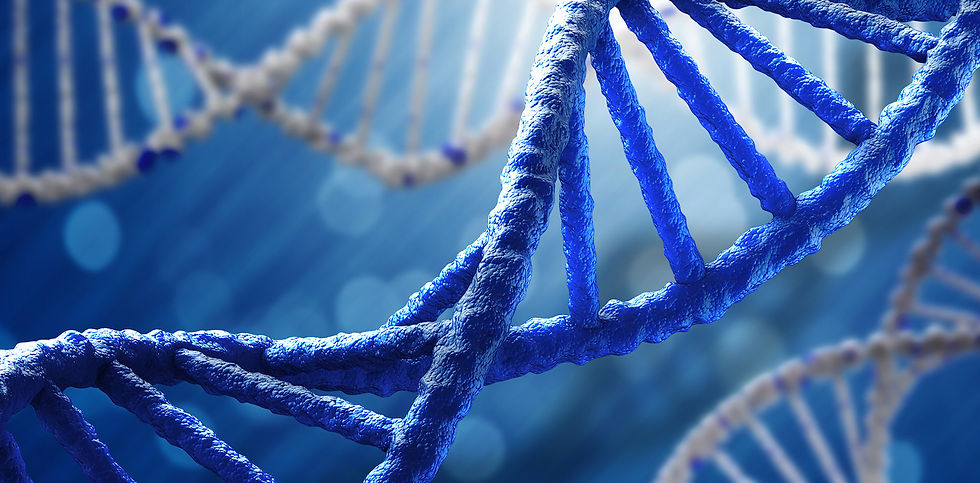Addition to Drugs
- Aug 6, 2018
- 5 min read
Updated: Oct 23, 2023
Written by Judy C. (KIS'20)
Edited by Johnny P. (VHS'20)
━━ August 5th, 2018 ━━

Introduction
The number of heroin deaths had quadrupled since 2010, cocaine’s low casualty in 2012 was an illusion, and the number dying from drug overdose is quickly approaching 70,000. According to the American Society of Addiction Medicine, or ASAM, “addiction is a primary, chronic disease of brain reward, motivation, memory and related circuitry.” There are countless drugs abused everyday whether they are prescribed or not. The over-dependence on drugs are characterized with numerous factors, and as the drug industry is gaining more recognition, the number of drug users are constantly rising.
There are two distinct types of drugs: ones that mimic neurotransmitters, and ones that trigger an abnormal amount of the body’s natural chemicals. Heroin and cocaine are infamous examples of these two types, respectively. Addiction originates from drugs that “produce euphoric effects, which strongly reinforce the behavior of drug use.” Thus, the rush of adrenaline and dopamine gives the drug user a sense of being high.
━━━━━━━━
Types of Drugs
There are countless different drugs that can activate certain neurotransmitters and lead to an individual having X, Y, Z effects. As aforementioned, drugs can be classified into two groups: ones that imitate neurotransmitters and ones that initiate an abnormal amount of natural chemicals to be emitted.
The Imitators
Perhaps the most infamous narcotics are opioids. Opioids can easily range from painkillers to illegal substances such as heroin. Although the receptors in the human body have high specificity in which it can bind to certain drug, our human ancestors made the body susceptible to “plant-derived chemicals.” Thus, opioids, which are grown from poppies, have the ability to bind to the receptors and produce the same effect as the natural chemicals. However, what makes this plant-derived medication harmful is also its naturality. When injected into the body system through bloodstream, it releases “a flood of artificial endorphins and dopamine.” This euphoria coerces the user to reuse it at higher doses until they are officially attached.
The Catalysts

One specific type of drug that releases an irregular amount of neurochemicals is cocaine. Dopamine is recycled throughout the human body via a protein called dopamine transporter, “the molecular conduit that draws free-floating dopamine out of the synapse and back into the sending neuron.” The blocking of the transporter eventually causes the synapse area to crowd with these pleasurable chemicals. This creates a fleeting but intense of elation, which makes cocaine desirable. As long as the cocaine molecule is attached to the dopamine transporter, it has the ability to give its host the desired results. However, eventually, the effects wear off, and the neurotransmitters are released into their cycles again.
Psychology Behind Addiction
Everyone has felt outraged, hopeless and scared before. Scary as it may sound, these feelings led 22 million people towards illegal drugs in the United States of America. These people turned to drugs out of spite, as a choice. Neither outsiders nor their own bodies were forcing them into recreational drug use. As Nora Valkow, the director of National Institute on Drug Abuse, states, “[she] has never come across a single person that was addicted that wanted to be addicted.” However, relieving their emotions through substance abuse can easily become an unhealthy habit, leaving an undeniable truth about their addiction.. So is there a difference between a choice and addiction? Many believe that addiction is an uncontrollable urge to do something that may harm themselves. According to Carl Hart, a neuroscientist at Columbia University, addicts simply have a lower capacity to respond to alternate rewarding systems. For instance, when given the choice of drugs or money, most picked money, as “what [drug abusers] seek is momentary gratification or relief- a decision that is rational in short-term.” No one fully loses their capability to respond to rewards. However, can they quit and seek for a healthy replacement at the risk of withdrawal symptoms?
People evince withdrawal symptoms when their brain forgets how to make dopamine or certain neurotransmitters naturally. Although the recovery period depends on how susceptible a person is to the drug that was being abused, and how long with the dosage they used, there are rehabilitation and self-help options. For instance, 55% of Hawaii Opportunity for Probation Enforcement (HOPE) participants became useful members of society when given the opportunity to clear their records. This form of progressive rehabilitation allows members to complete a year-long task without their source of codependency. There are also specific amino acids that help create the primary pleasure chemical such as L-Tyrosine and L-Dopa. As the gene codes these chemicals along with intake, self-control becomes more relevant.
Genetics
Although genetics accounts for half of the factors that lead to drug addiction, there is not a single gene that determines if a person is more susceptible to drugs. This makes gene tracking harder as the addicts respond in different ways even when ingested under the same conditions; thus, carrying the same genes do not imply similar reactions. However, research has shown multiple evidence that links genetics together with drug addiction.

Mice are used as test subjects because they demonstrate similar gene functions. There are some basic facts that were extracted from mice experiments. For instance, an increased dopamine receptor called DRD2 promotes alcohol and cocaine addiction, as these two drugs are directly related to the release of the aforementioned neurotransmitter. Cocaine works by securing itself to dopamine transporter. This results in a build up of the neurotransmitter, eventually giving the user an altered reaction.
While some genes might make one more vulnerable, there are certain receptor genes that aid in staying away from drugs. For example, the Mpdz gene blocks the HTR2C receptor, which responds to serotonin. Serotonin is a major neurotransmitter that aids in regulating mood swings. This blockage manages to protect the individuals from the effects of withdrawal, especially with sedative-hypnotic drugs. These specific types of depressant drugs allow people to tone down their central nervous system without having the side effect of unstable moods and muting pain tolerance. However, regular dosages of drugs create a higher tolerance for that specific medicament; thus, even with this valuable gene, it all leads back to the environment and the individual.
━━━━━━━━
Bibliography:
Britannica, The Editors of Encyclopaedia. “Sedative-Hypnotic Drug.” Encyclopædia Britannica, Encyclopædia Britannica, Inc., 17 Apr. 2016, www.britannica.com/science/sedative-hypnotic-drug.
“Genes and Addiction.” Learn.Genetics, University of Utah, learn.genetics.utah.edu/content/addiction/genes/.
“How to Restore Your Dopamine Receptors after Years of Adderall Use and Abuse.” Corpina, 19 Mar. 2018, corpina.com/restore-dopamine-receptors-years-adderall-use-abuse/.
Insider, Erin Brodwin Business. “This Is What Cocaine Does to Your Body and Brain.” The Independent, Independent Digital News and Media, 6 May 2016, www.independent.co.uk/news/business/what-cocaine-does-to-your-body-and-brain-a7017201.html.
“MPDZ Gene - Genetics Home Reference.” U.S. National Library of Medicine, National Institutes of Health, ghr.nlm.nih.gov/gene/MPDZ.
National Institute on Drug Abuse. “Drugs, Brains, and Behavior: The Science of Addiction.”NIH, NIH, www.drugabuse.gov/publications/drugs-brains-behavior-science-addiction/drugs-brain.
Satel, Sally. “The Science of Choice in Addiction.” The Atlantic, Atlantic Media Company, 30 Sept. 2013, www.theatlantic.com/health/archive/2013/09/the-science-of-choice-in-addiction/280080/.
“The Brain-Lesson 3-Drugs Change the Way Neurons Communicate (Page 1 of 2).” National Institutes of Health, U.S. Department of Health and Human Services, science.education.nih.gov/supplements/webversions/BrainAddiction/guide/lesson3-1.html.
━━━━━━━━





Comments